The vibrant Hakuba Valley you see today is a testament to the dedication of countless contributors. Yet few have left a legacy as profound as long-time locals, Shinichi Shiojima-san, and his wife, Madame Kazuko Shiojima.
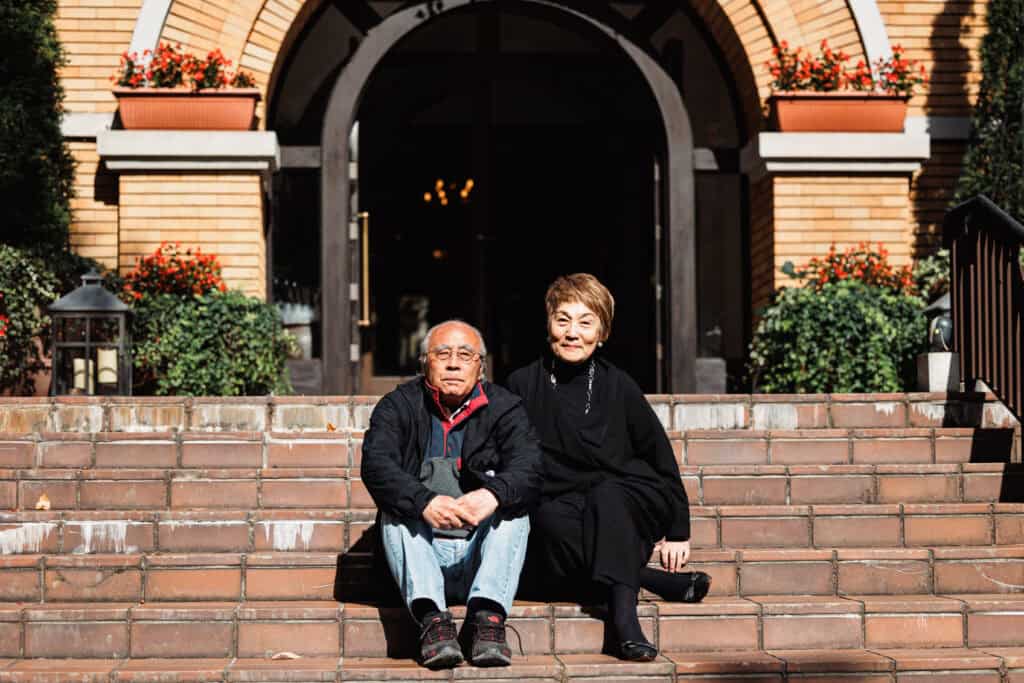
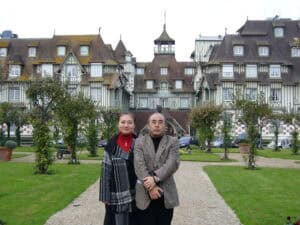
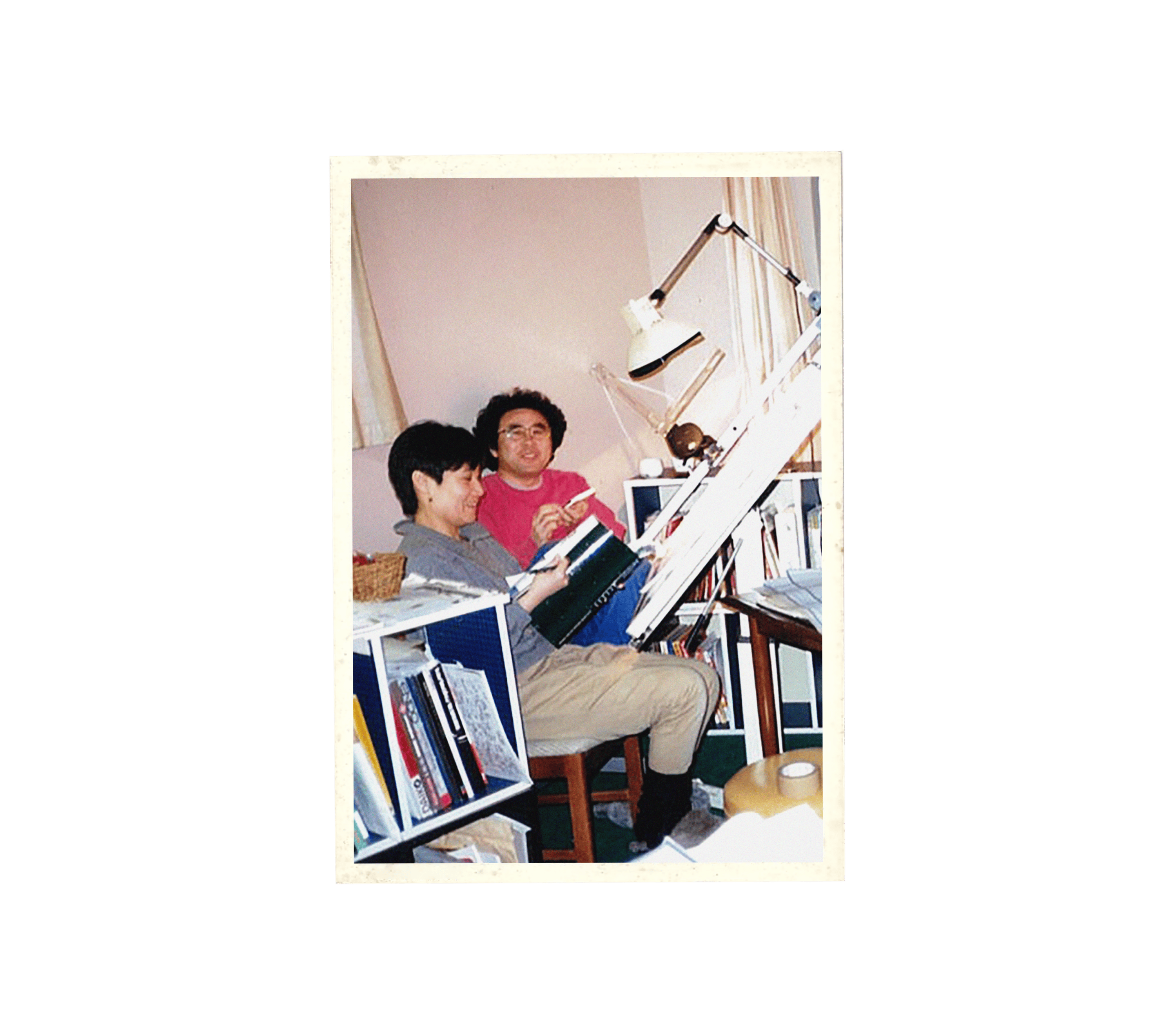
The story begins in 1968, when 23-year-old Shiojima-san decided to break from his family’s farming tradition and open a lodge named La Neige, catering to young Japanese skiers. The property was located in Tsugaike, Hakuba’s premier ski destination in the 70s and 80s. Shiojima-san proudly reflects on the Tsugaike of that period, recalling the village even had its own disco bar. To draw the trendsetting Japanese youth to his accommodation, Shiojima-san designed a new, futuristic annex that resembled a spaceship. During the time of disco and space exploration, Shiojima-san met his now wife, Madame Shiojima.
The two would go on to build one of the most iconic resort hotels and experiences in the Hakuba Valley, combining their visions to create a destination beloved by both local visitors and those from across the globe.
In the early 1980s Shiojima-san acquired land in Wadano, where the renowned La Neige Hotel now stands. His respect for nature guided his vision.
Before construction began, Shiojima-san personally walked the land, cataloging each tree based on size, age, and health. With this ranking system, he ensured that only necessary trees were removed, allowing the buildings to blend harmoniously into the forest.
“We also made use of the natural slope of the land, which resulted in several elevation changes within the building. The layout emphasizes a fusion with nature, featuring large windows and a bath with views of the surrounding forest. Unlike life in the city, which centers around people, this space may feel a little inconvenient for some. However, it is designed with the hope that you will sense the coexistence of nature, animals, and people.”
The west wing of the La Neige Hotel, a Tudor-style manor house, was completed in 1983. The east wing followed in 1990.
It wasn’t just nature that piqued Shiojima-san’s creativity as he built and designed La Neige. He drew significant inspiration from the works of renowned architect Frank Lloyd Wright, even visiting the United States several times to experience Wright’s architecture in person.
The Shiojimas spent time traveling and researching the finest boutique hotels in France, England, and Germany, which ultimately shaped the hotel’s unique concept.
Rather than offering a cookie-cutter experience, each room at La Neige is thoughtfully designed around a unique piece of furniture handpicked by Shiojima-san, ensuring a one-of-a-kind visit for every guest. The confluence of Western design inspiration, Shiojima-san’s discerning eye, and the Japanese omotenashi style of service form the incredible character and charm La Neige has today.
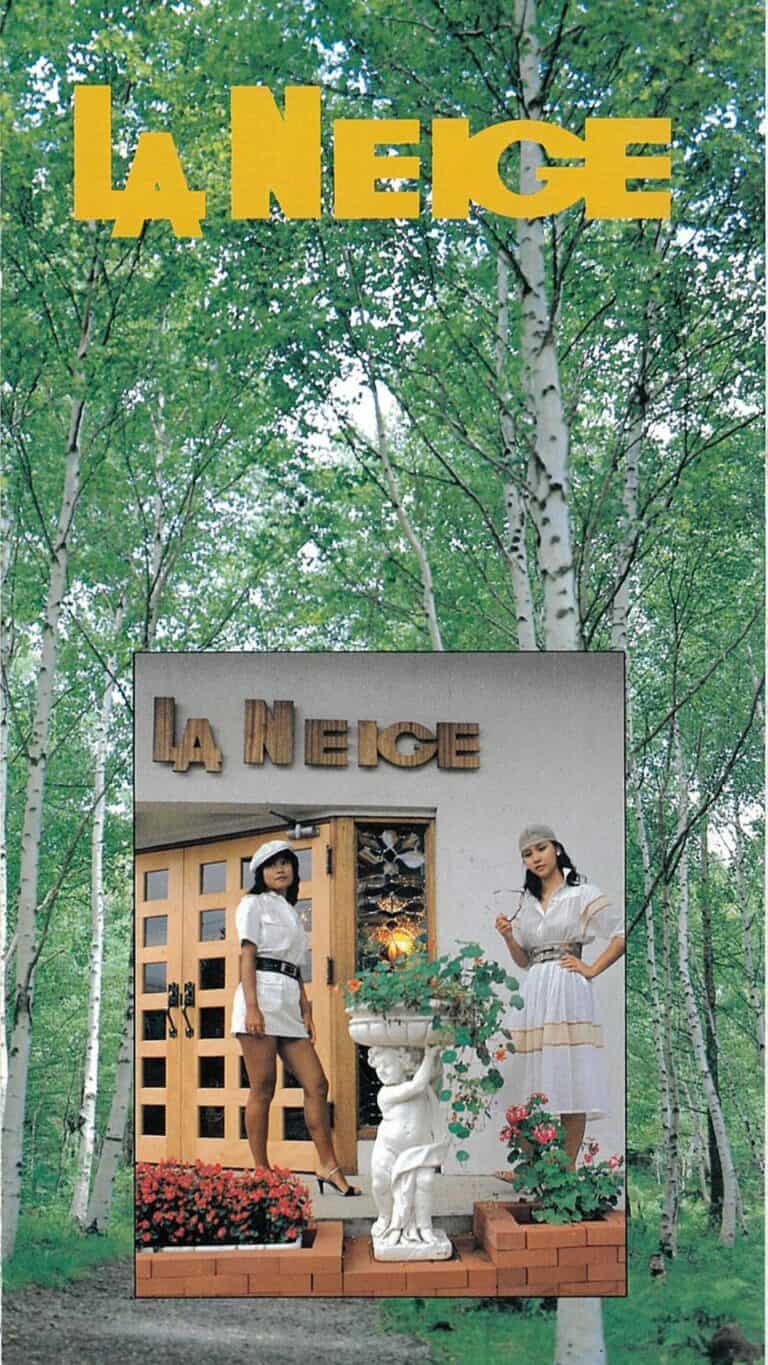
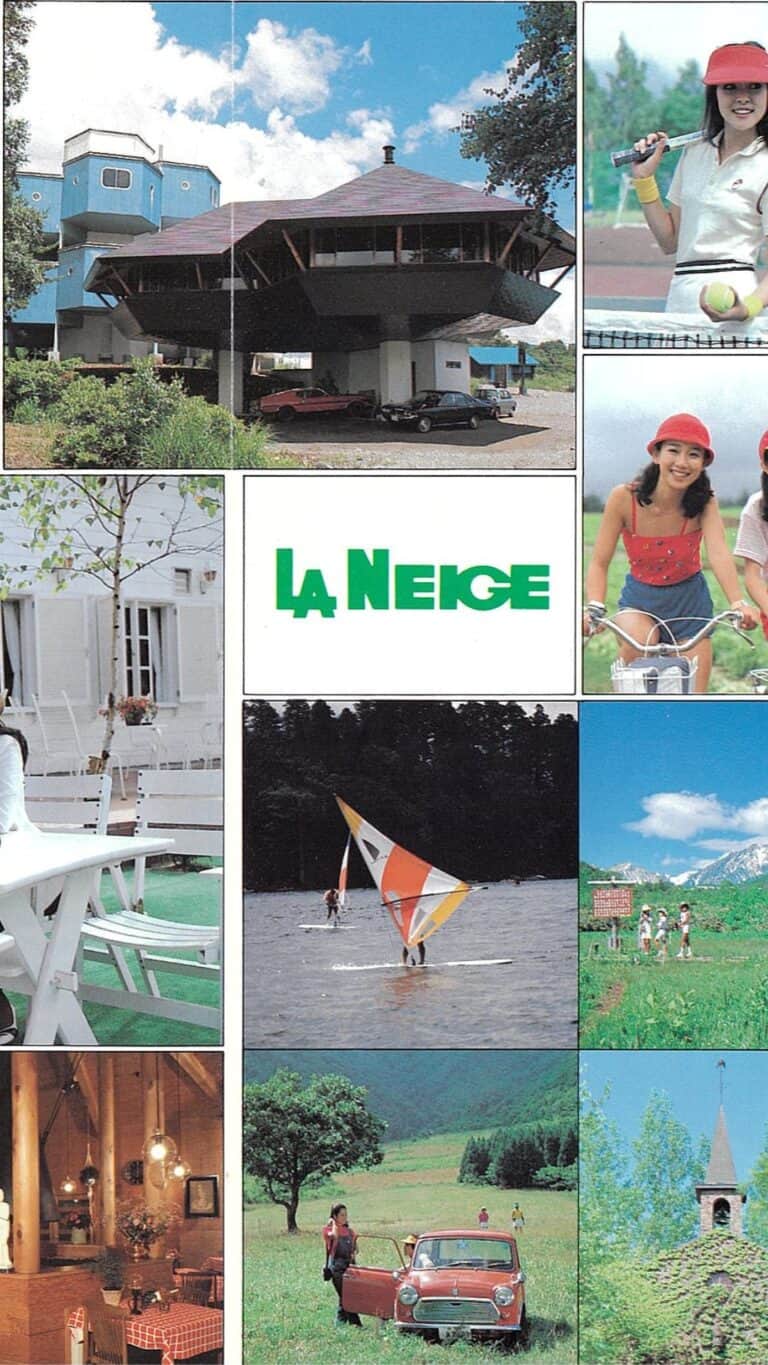
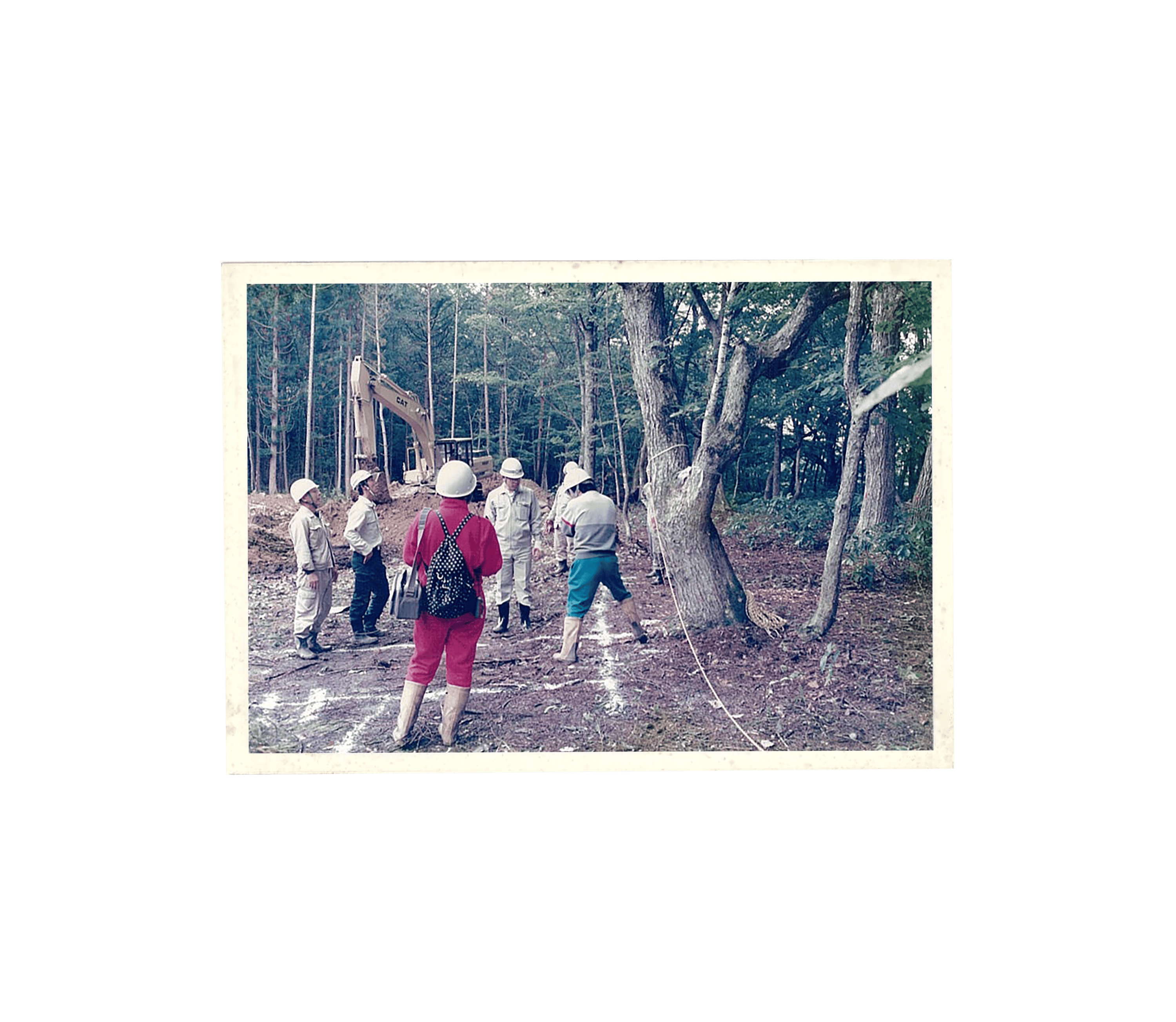

In the face of these challenges, Shiojima-san, ever the entrepreneur, joined forces with local hotel and ryokan owners to establish Hakuba Tourism—the first organized effort to promote Hakuba beyond Japan’s borders.
Rather than focus on a single resort, Shiojima-san saw the power of the Hakuba community and harnessed the collective strength of the entire region. He coined the term “the Hakuba Valley” and began preparing marketing materials in English around this new destination. The team took to the skies, embarking on their first international trip to Australia to promote Hakuba to a global audience.
Hakuba had the honor of hosting the 1998 Winter Olympics, and yet again, Shiojima-san saw an opportunity; he designed a special Olympic monument to welcome the event to the region.
Next was the challenge of funding this ambitious project. Shiojima-san reached out to Hakuba business owners, local citizens, and corporations in Tokyo, including Coca-Cola, Kirin, and Epson, offering rooms at his hotel during the Olympic Games in exchange for their support. His efforts paid off; he successfully raised 10 million yen, and the monument was built. To this day, the sign stands proudly at the base of Wadano Forest, a lasting symbol of his determination and love for Hakuba.
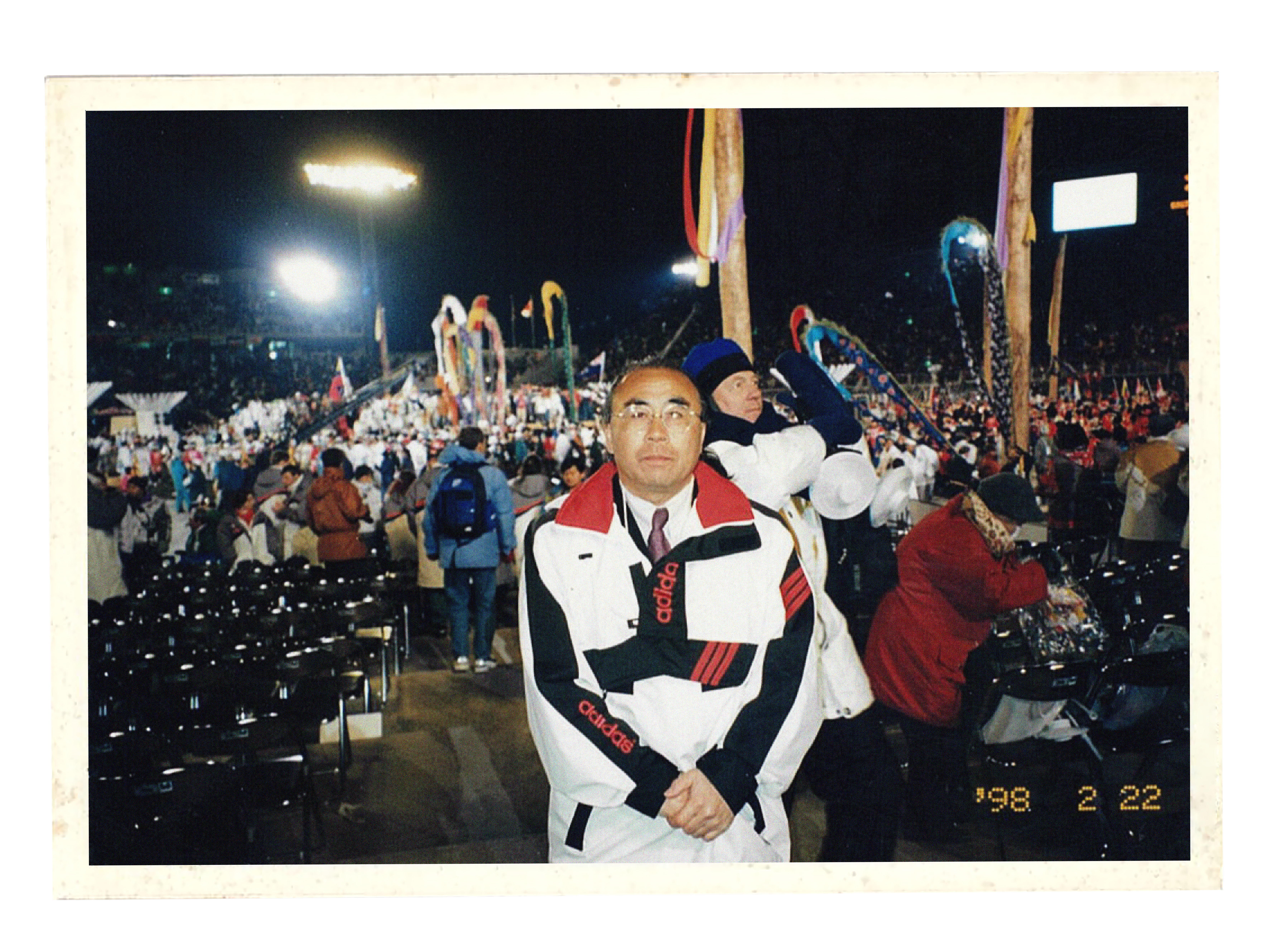
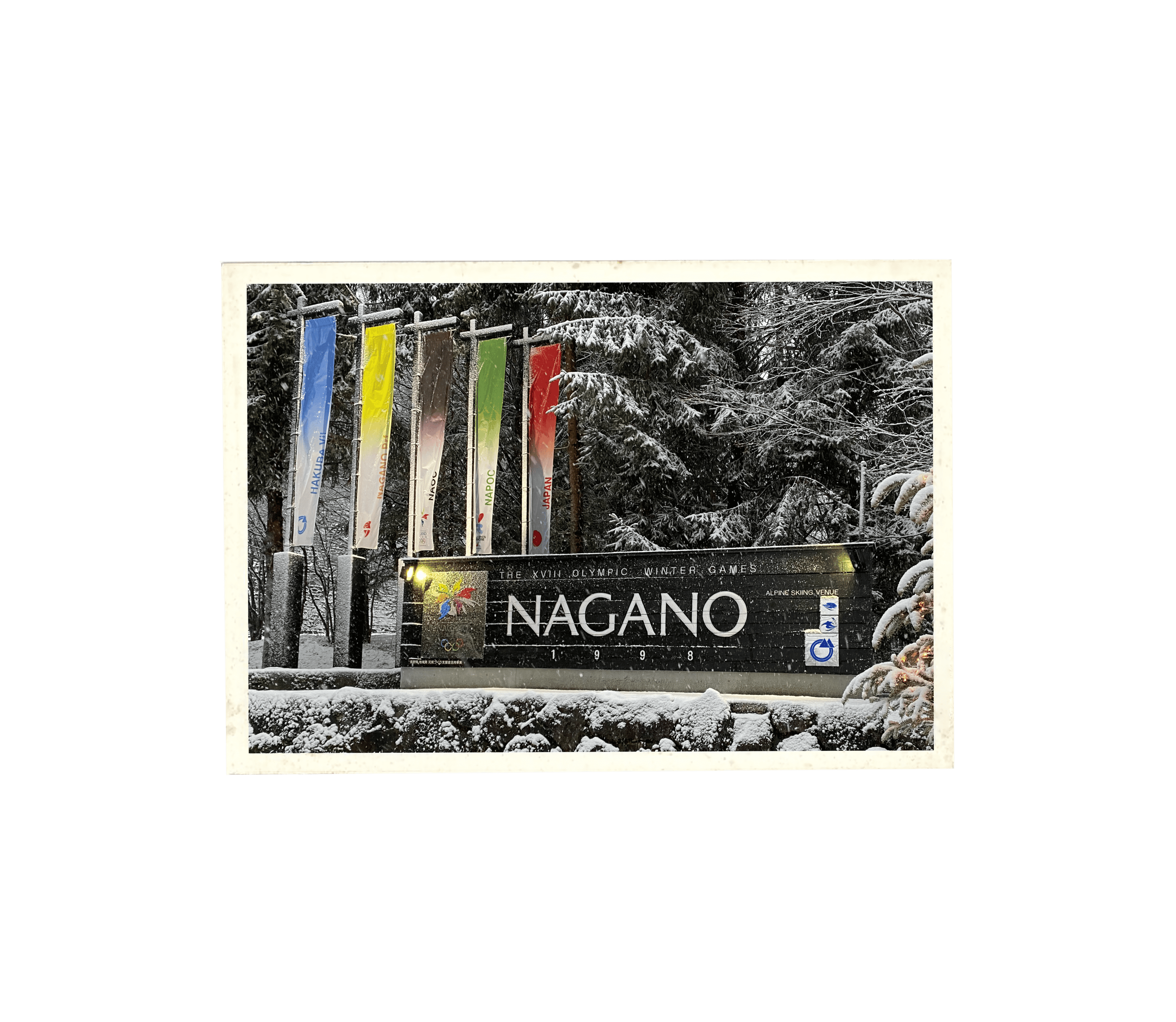


The lead-up to the Olympics saw a boom in domestic tourism, particularly in skiing. However, once the games concluded, that boom quickly fizzled. By 2004, the slopes were near-empty, and Hakuba’s economy was in dire straits.
Despite their hard work and dedication, it took another 15 years before the inbound market developed into the behemoth we see today. During this time, Madame Shiojima shifted her focus to promoting the green season. A central element of her strategy was hosting events, including musical performances, parties with high-profile guests, and cultural experiences like tea ceremonies.
Weddings, in particular, became a major business. La Neige grew into one of the region’s most popular wedding destinations, with Madame Shiojima planning bespoke ceremonies on the Hakuba mountains, by riversides, and in local chapels, but always culminating with a reception at La Neige.
Personally overseeing hundreds of weddings and events, Madame Shiojima earned the loyalty and trust of guests who returned to La Neige year after year, drawn to her warmth and flawless execution.
In 2024, the Shiojimas made the thoughtful decision to pass their cherished hotel into new hands, entrusting its future to new owners who have partnered with Hakuba Hospitality Group (HHG) for its management. Both the new owners and HHG envision an exciting path forward—one that honors the hotel’s rich history while introducing thoughtful updates and enhancements.
The Shiojimas will continue as esteemed advisors, supporting this new chapter to ensure that every improvement balances modernization with the warmth and excellence that guests have come to expect.